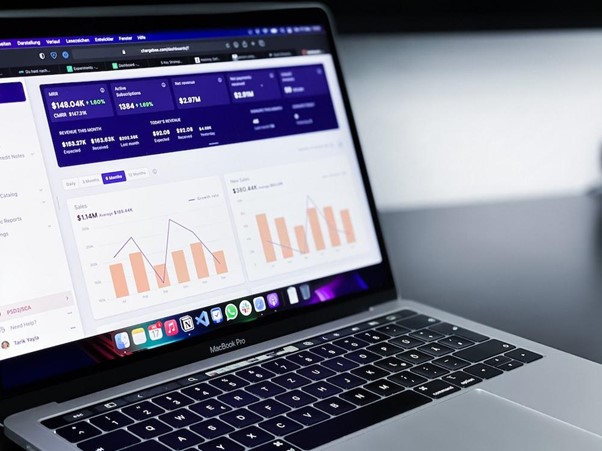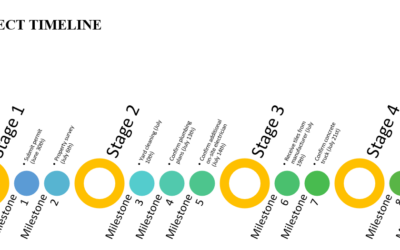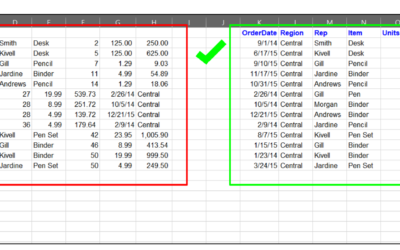
In 2022, employees are quitting their jobs in droves as part of a trend called “The Great Resignation“. People desire more flexible work arrangements, and they’re not shy about quitting their jobs in order to get them.
There are also employees who ‘ghost’ their companies. Perhaps you make an excellent hire; you go through the interview process, they accept your job offer, and then they disappear. No notice, no goodbye, and you are left with a vacant position to fill.
Why are employees leaving their jobs? And what can you do to retain them?
Let’s take a closer look at why employees are quitting, and what you can do in the meantime.
Why Are Employees Ghosting You?
First, let’s discuss this most recent trend and why it might be happening to such an extent.
In 2021, a survey found that 28 percent of employees had ghosted an employer that year – a significant increase from 19 percent the previous year. Another survey found that over half of employees planned to quit their job after COVID-19 died down if more flexible work arrangements weren’t put into place.
But let’s take things back even further. What is ghosting, and what do employers experience when it happens?
The Ghosting Process
First, a company will begin advertising a job opening. They might have dozens or even hundreds of qualified candidates apply. They’ll spend time interviewing, narrowing it down to the best five or so. Finally, they’ll make an offer to one of these top candidates and excitedly await their start date.
And then…nothing. The new employee never shows up, never contacts the company, and is nowhere to be found. This is ghosting.

While there are many reasons an employee might choose to ghost their new employer, the most common ones are that they’ve found a better opportunity or they’re not happy with the job and want to quit but don’t want to burn any bridges.
Some of the most common signs that an employee is about to ghost include:
- Not answering calls, texts, or emails from the employer
- Not showing up for work or declining shifts
- Canceling interviews or other pre-employment arrangements
- Completely withdrawing from social media
- Disappearing from online job boards
The last two on that list are quite extreme and might not be as common, but they can – and do – happen.
Why Ghosting, Rather Than Communicating?
Ghosting hasn’t always been a term used in the business setting. It actually comes from the online dating scene; to be ‘ghosted’ is to have your date suddenly disappear or stop replying to your messages with no explanation. It’s the virtual interpretation of being ‘stood up’.
But why ghost, rather than simply communicate that you’ve changed your mind?
Well, like dating, professional relationships can be high-stakes and filled with uncertainty. You may not want to hurt the other person’s feelings, especially if you’ve already invested time in the interview process or started to form a bond.
Employees might also be worried about how the decision will reflect on them – will it make them look indecisive? Unprofessional? Lazy?
And finally, there’s the fear of retaliation. The employee may worry that their boss will be angry or that they’ll be blacklisted from future opportunities at the company.
On a much deeper level, though, humans dislike confrontation or awkwardness of any kind. So it’s much easier for someone to simply disappear than to have an uncomfortable conversation.
The Pandemic’s Role in Ghosting
Believe it or not, employees didn’t always ghost with such rampancy. In fact, until very recently, the job market was so tough that ghosting simply was not an option for the vast majority of jobseekers.

Since the pandemic, however, we’ve seen some new trends emerging:
- Employers are doing more of the chasing than employees, with almost half of employers claiming that labor shortages have caused them significant issues in 2022
- Employees have failed to start work again after the pandemic; around 1.4 million workers in the US alone did not return to their jobs
- The Great Resignation comes as a result of employees wanting more freedom, flexibility, and ownership over their work
In other words, the ghosting trend is a symptom of a larger issue – employees are feeling more empowered to leave their jobs, and employers are struggling to retain them.
So what can you do?
How To Respond To Ghosting
When an employee ghosts your company, it can cause a world of hurt – especially considering how much it costs to bring on new talent, and how long it is currently taking to find qualified candidates.
The best way to respond is to try and prevent ghosting in the first place. This can be done by:
- Offering a competitive salary and benefits package
- Creating a positive work environment with clear expectations and goals
- Fostering a sense of ownership and empowerment among employees
- Providing training and development opportunities
- Offering flexible or remote work where possible, to move with the trends and employee demands
If you do experience ghosting, however, there are a few things you can do:
- Check-in with the employee’s LinkedIn to see if they’ve updated their profile or changed jobs
- Send a polite email or letter to the employee, thanking them for their time and expressing regret that things didn’t work out
The most important thing is not to dwell on the situation – it’s costly and time-consuming to do so. Instead, focus on finding ways to improve your retention rates so that you don’t have to deal with ghosting in the first place.

What To Do In the Meantime
The labor shortage is very slowly easing, but we still have a long way to go. In the meantime, hiring talent experts like our team at ProsperSpark is an excellent way to go. Here’s why:
- Our tools and expertise grant you access to the same talent pools as the larger companies
- We provide affordable tools that can be totally customized to fit the needs of your company
- We have a team of experts who are passionate about helping you find the best talent
- During this time of workforce shortage and uncertainty, our goal is to make talent acquisition easy
By working with a talent agency while you wait for the labor market to rebound, you can ensure that your company is still able to grow and thrive. And don’t worry – history shows that the labor shortage won’t be a problem forever, and when it finally does end, you’ll be in a much better position to capitalize on the opportunity.
Wrap-Up
Have you experienced a ghosting or two within the past twelve months? Be comforted by the fact that, most likely, it isn’t personal – employees are ghosting their employers more frequently than ever before and quitting at an almost unprecedented frequency.
While you wait out the labor shortages, remember to take a look at the benefits you’re currently offering. Have you got flexible arrangements that can be tweaked to better suit the needs of your employees? Are you nurturing a company culture that makes people want to stick around for the long haul?
With the right combination of benefits and culture, you can keep your employees from ghosting – and maybe even entice a few ghosts back to the living.








